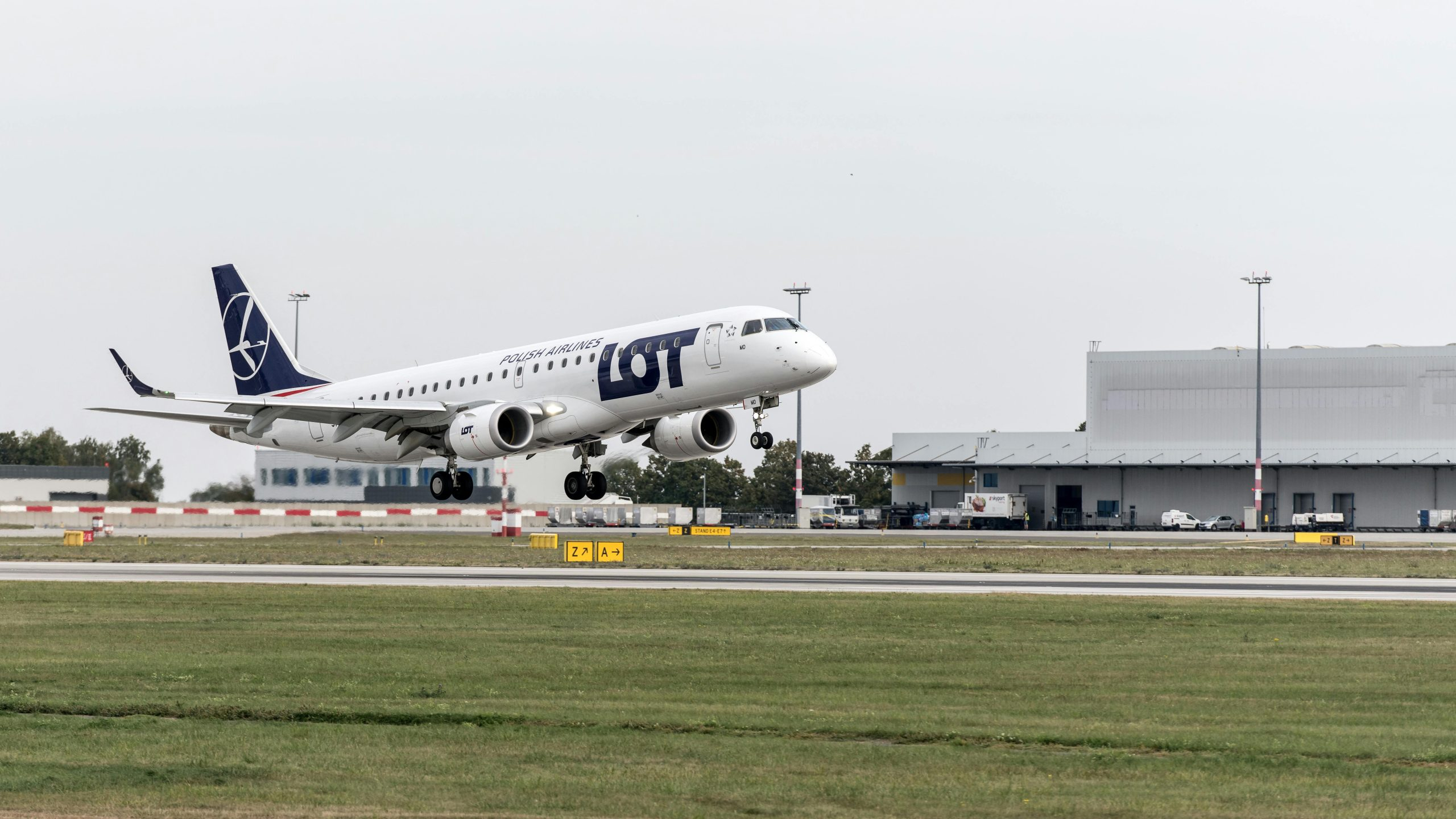Biometric Boarding: Facial Recognition’s Impact on Airport Chaos
Airport chaos is a traveler’s worst nightmare. The long lines, security checks, and lack of organization can make even the most seasoned traveler feel frazzled. But what if there was a solution that could streamline the entire boarding process and decrease waiting times? Enter biometric boarding. This innovative technology uses facial recognition to identify passengers and allow for a faster and more efficient boarding experience. While it may seem like a game-changing solution, many are still questioning its impact on airport chaos. In this article, we will delve into the world of biometric boarding and explore its potential to bring order to the chaos at airports.
The Basics of Biometric Boarding
Before we dive into its impact, let’s first understand what biometric boarding is. Biometrics is a technology that uses physiological or behavioral characteristics, such as facial recognition, fingerprint scanning, or iris recognition, to identify individuals. In biometric boarding, passengers’ faces are scanned and matched against their passport or government-issued ID, allowing for a seamless and efficient boarding process. This technology has been gaining traction in recent years, with major airports and airlines adopting it to enhance their security and speed up the boarding process.
The Impact on Airport Chaos
Streamlining the Boarding Process
One of the biggest pain points for travelers is the long wait times at airports, especially during peak travel seasons. With biometric boarding, the time-consuming task of manually checking tickets and passports is eliminated, resulting in shorter lines and quicker boarding. This not only reduces overall stress for passengers but also frees up airport staff to focus on other tasks, making the entire process more efficient.
Enhanced Security Measures
Security is of utmost importance at airports, and biometric boarding offers an added layer of protection. With facial recognition technology, passenger identities can be verified quickly and accurately, reducing the chances of fraud or illegal entry. Plus, with the ability to store and match biometric data, repeat travelers can enjoy a hassle-free and expeditious boarding process.
The Concerns Surrounding Biometric Boarding
Privacy and Data Protection
While biometric boarding offers convenience and efficiency, it also raises concerns about privacy and the protection of personal data. Some worry that the technology could be used to track individuals’ movements or that their biometric data could be breached. To address these concerns, airports and airlines must have strict protocols in place for the collection, storage, and use of biometric data. Ensuring compliance with data protection laws and obtaining passengers’ consent for the use of their biometric data is crucial to quelling these concerns and establishing trust.
System Errors and Reliability
As with any technology, there is always a risk of system errors or malfunctions. In biometric boarding, a faulty system could lead to delays and potentially cause chaos at airports. To mitigate these risks, airports and airlines must have backup plans in place, such as manual checks or alternative boarding procedures, in case of system failures. Additionally, regular maintenance and testing of the technology are necessary to ensure its reliability.
In Conclusion
Biometric boarding has the potential to revolutionize airport chaos and enhance the overall travel experience. By streamlining the boarding process and enhancing security measures, it aims to reduce wait times and increase efficiency. However, it is essential to address the concerns surrounding privacy and data protection and ensure the technology’s reliability to fully embrace its benefits. As more airports and airlines adopt biometric boarding, it will be interesting to see how it impacts airport chaos and whether it will become the new norm in air travel.











